Tehran, the capital city of Iran, stands as a vibrant metropolis steeped in a rich history that dates back thousands of years. With its sprawling bazaars, magnificent palaces, and bustling streets, Tehran represents not only the political center of the country but also a cultural nexus teeming with life. However, as with any major city, the question of safety is paramount to both residents and visitors alike. This essay seeks to explore the safety of Tehran, examining various facets such as crime rates, social and political dynamics, cultural nuances, and the experiences of travelers, to discern whether it can be classified as a safe city.
Is Tehran Iran Safe?
One of the foremost considerations when discussing safety in any urban environment is the rate of crime. Tehran has relatively low crime rates compared to many cities around the world, especially in Western countries. Petty crime, such as pickpocketing and bag snatching, does occur, particularly in crowded areas, but violent crime is less frequent. Residents and local authorities often cite that common sense, such as avoiding isolated areas at night and securing personal belongings, can significantly mitigate personal risk. Moreover, the presence of law enforcement can usually be observed within the city, reassuring both residents and tourists that safety measures are taken seriously.If you want to rent Villa in Tehran, You can connect with Tehran Offers.
It is crucial, however, to understand that Iran, and by extension Tehran, operates under a distinct governmental framework compared to Western nations. The political landscape in Iran has been characterized by a number of tensions both internally and externally. Relations with Western countries have often been fraught, particularly with the United States and several European nations. Consequently, this geopolitical situation can give rise to heightened security measures throughout the city, including an increased police presence. While these measures may contribute to a feeling of insecurity for some, they also serve a protective function, ensuring order within the capital.
In addition to crime and political dynamics, social norms and cultural practices greatly influence perceptions of safety in Tehran. The city is known for its sociocultural conservatism, deeply rooted in Islamic traditions that govern many aspects of daily life. Visitors may find the regulatory frameworks surrounding dress codes, public behavior, and social interaction to be quite distinct from those in their home countries. For foreign nationals, non-compliance with these cultural norms may result in legal consequences or societal backlash, thus posing an indirect risk. Therefore, understanding the cultural fabric of Tehran is paramount for individuals wishing to navigate the city safely.
Tourism, while vital to Iran’s economy, has experienced peaks and troughs in recent years, especially in light of evolving political circumstances. For many travelers, the allure of Tehran lies not only in its historical significance but also in the warmth and hospitality of its people. There is a growing trend among international travelers who seek more authentic experiences, willingly immersing themselves in Tehran’s rich culture. Travelers often report positive interactions with locals, who are generally welcoming and eager to share their heritage and traditions. However, visitors should remain vigilant and avoid discussing sensitive political topics, as such discussions can lead to uncomfortable situations or misunderstandings.
Moreover, it is important to consider the broader regional context that may influence perceptions of safety. Iran, much like any country situated at the crossroads of cultures and civilizations, experiences tensions that can spill over into public life. The discourse surrounding Iran’s nuclear ambitions, its role in regional conflicts, and its interactions with neighboring countries can sometimes provoke anxiety among those considering travel to Tehran. It is essential to stay informed about the current political climate and remain updated on travel advisories issued by governmental bodies, as these resources provide crucial insights into safety considerations.If you want to find out the best area for rent in Tehran, we suggest you look at our article
Health and medical facilities in Tehran further contribute to the overall safety of the city. The healthcare system in Iran, while sometimes strained, offers comprehensive medical services. Major hospitals in Tehran are equipped with modern facilities and staffed with qualified professionals. However, the availability of medication and specific medical care may vary, which underlines the importance of being prepared and having comprehensive travel insurance that covers health contingencies.
In conclusion, while Tehran is not devoid of challenges associated with safety, it can indeed be considered a secure destination for those who respect the local customs and stay informed about the political landscape. The city boasts low crime rates, a welcoming populace, and vibrant cultural experiences that make it a compelling place to visit. Like any major city, it requires a degree of caution and awareness, but for those who approach it with respect and preparation, Tehran offers an enriching experience steeped in history, culture, and hospitality. Engaging with the city in a thoughtful manner not only enhances personal safety but also fosters a deeper understanding of this historically rich and complex nation.
The question of safety in any urban center is an intricate tapestry woven from threads of socio-political stability, economic conditions, public infrastructure, and cultural dynamics. In the case of Tehran, the capital of Iran, these factors converge to create a complex picture of safety that is essential to understand for both prospective travelers and those seeking to engage more deeply with the nation.If you want to rent office in Tehran, You can connect with Tehran Offers.
Historical Context and Political Landscape
To address the safety in Tehran, one must first consider Iran’s historical and political landscape. Following the Islamic Revolution of 1979, Iran has maintained a contentious relationship with several Western nations, particularly the United States. This ongoing geopolitical tension has influenced perceptions of safety in Tehran, often leading to the assumption that violence or unrest is commonplace. However, while international relations can create pockets of instability, it is crucial to differentiate between state-level tensions and the reality of daily life in Tehran.
In the past decade, Iran has experienced a series of domestic protests, primarily fueled by economic discontent and demands for greater political freedom. Events such as the 2009 Green Movement and the protests in November 2019, triggered by fuel price hikes, have contributed to the perception of unrest. Nonetheless, these incidents, while significant, have largely been contained and localized. The Iranian government tends to respond with a strong security presence, ensuring that protests do not escalate into widespread violence, which may contribute to a deceptive image of pervasive danger in Tehran.
Public Safety and Crime Rates
Examining crime rates and public safety within Tehran presents a nuanced reality that deviates from external perceptions derived primarily from international media narratives. In 2021, the city reported a crime rate relatively lower than those found in several Western metropolises, particularly in terms of violent crimes such as murder and robbery. Petty crimes like pickpocketing and scams do occur, particularly in tourist-heavy areas, but they constitute challenges faced by urban centers globally.
One cannot overlook the effectiveness of law enforcement in Tehran. The presence of police is ubiquitous in major city squares and tourist attractions, instilling a sense of security. However, it is important for visitors and residents alike to remain vigilant, particularly in crowded areas where opportunistic crime might occur. Nevertheless, the general safety perceived by residents often contrasts sharply with the narratives circulated by international media.If you want to rent short term apartment in Tehran, You can connect with Tehran Offers.
Cultural Context and Social Norms
A pivotal component of assessing safety in Tehran involves understanding the cultural context. Iran has a rich cultural heritage and a population that, despite political repressions, exhibits warmth and hospitality. It is essential to note that the societal norms and behaviors in Iran can differ significantly from those observed in the West. Dress codes, particularly for women, are strictly enforced and should be respected by all who visit. Adhering to these cultural norms not only enhances personal safety but also fosters mutual respect between visitors and locals.
Furthermore, the majority of Tehran’s population is composed of young, educated individuals who are often eager to share their culture and history with outsiders. Engaging with the local populace can provide insights into the social fabric of the city and dispel myths about its dangers. While there are limitations imposed by the government, the day-to-day interactions among citizens and foreigners reveal an underlying desire for connection and understanding.
Infrastructure and Emergency Services
Another critical element in evaluating the safety of Tehran is its infrastructure and emergency response capabilities. The city, which houses a population of approximately 9 million, has an extensive transportation system, including buses and the Tehran Metro, that allows for comfortable navigation of the urban environment. The infrastructure, while often challenged by frequent traffic congestion, provides a solid foundation for daily activities.
Emergency services, including fire and medical response units, are functional, although they may lack the same levels of efficiency or resources as seen in more developed nations. It is prudent for individuals in Tehran to familiarize themselves with local emergency numbers and the locations of the nearest hospitals, as the understanding and response to emergencies can differ from other locales.
Conclusion: A Complex Nuance of Safety
To conclude, while the discourse surrounding safety in Tehran is laden with complexity, a closer examination reveals that the city’s safety profile is multifaceted and cannot be simplified into binary categories of ‘safe’ or ‘unsafe.’ Political tensions, both internal and external, cultural norms, crime rates, and emergency infrastructure all weave into the richness of Tehran’s urban narrative.
Individuals visiting or residing in Tehran must approach their experience with a balanced perspective, recognizing that, akin to any major city worldwide, there are inherent risks. However, with a combination of awareness, respect for cultural norms, and an understanding of the local dynamics, it is indeed possible to navigate Tehran in relative safety. Thus, while the question of safety in Tehran may continue to elicit varying opinions, those who choose to engage with the city often uncover the vibrancy and resilience that accompany its complexities, rendering their experiences not only safe but also enriching.
reviewing Is Tehran Iran Safe?
The question of safety in Tehran, Iran, is a multifaceted issue that encompasses various dimensions including political stability, social climate, and the experiences of residents and tourists alike. While Tehran, as the capital city, is often the focal point for both local and international narratives, understanding its safety requires a comprehensive examination of its socio-political context and the realities of daily life in the city.
Tehran is characterized by its complex socio-political landscape, shaped largely by Iran’s tumultuous history and ongoing international relations. For years, the country has been a site of geopolitical tension, particularly concerning its nuclear program and its involvement in regional conflicts. These factors have led to a perception among some international observers that Iran, and by extension Tehran, may not be a safe destination. However, it is essential to differentiate between general sentiments regarding the nation and the tangible safety of the urban environment itself.
In terms of crime, Tehran compares favorably to many major cities around the world. Incidents of violent crime are relatively low, and the general populace is known for its hospitality. The Iranian government has emphasized maintaining order and security, especially in urban centers like Tehran, by deploying substantial police presence. Public transportation systems, such as the Metro, are generally safe, with many residents commuting without incident. However, like any major metropolis, Tehran is not without its challenges. Petty crimes, such as pickpocketing, can occur, particularly in crowded areas and tourist hotspots.
The societal tensions within Iran may manifest in the form of protests or demonstrations, particularly concerning political issues, economic conditions, or social freedoms. While these events are typically organized and peaceful, they can sometimes escalate unexpectedly. Foreigners are generally advised to stay informed and avoid large gatherings, particularly those of a political nature, to ensure their safety. The Iranian government has been known to respond to unrest with strict measures, which can lead to an unpredictable atmosphere during such events.
Moreover, the safety of Tehran also hinges upon cultural considerations. The city presents a unique blend of tradition and modernity, and understanding local customs is crucial for anyone looking to navigate its social landscape. Visitors should respect cultural norms, particularly regarding dress codes and interactions between genders, to foster a positive experience and minimize the risk of confrontation or misunderstanding.If you want to rent penthouse in Tehran, You can connect with Tehran Offers.
From a health safety perspective, Tehran offers adequate medical facilities, with several hospitals providing services to both locals and expatriates. However, air pollution remains a significant concern; the city’s geographical setting contributes to high levels of airborne particles, particularly in winter months. Thus, those with respiratory conditions should take necessary precautions.
In conclusion, while Tehran does face certain challenges relating to safety, it is essential to approach the question with a nuanced perspective. The city presents a generally safe environment for residents and tourists alike, marked by low rates of violent crime and a rich tapestry of cultural experiences. As with any major city, awareness and respect for local customs, as well as caution in politically charged situations, are key to enjoying a safe visit. By fostering an understanding of Tehran’s unique socio-political dynamics, one can appreciate the safety it offers within the broader context of Iranian society. for more information about other source’s click here





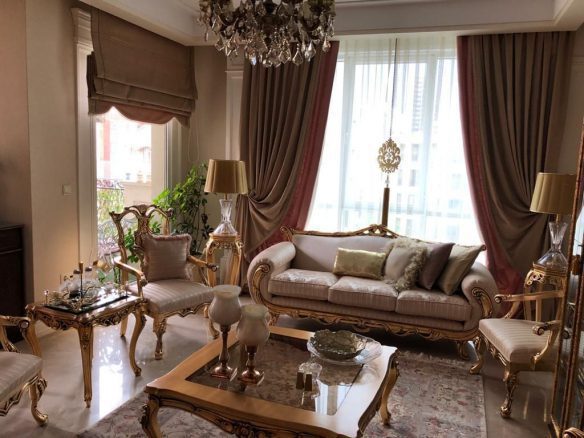

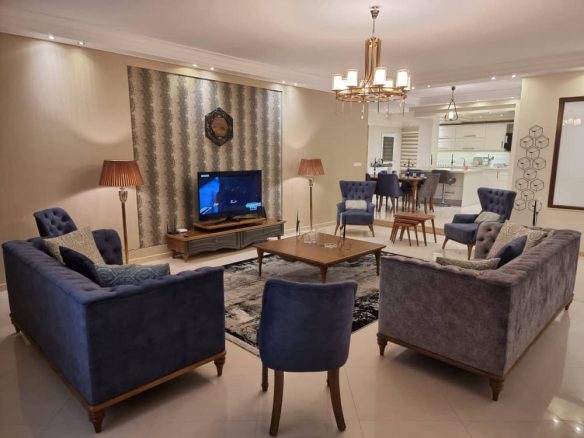
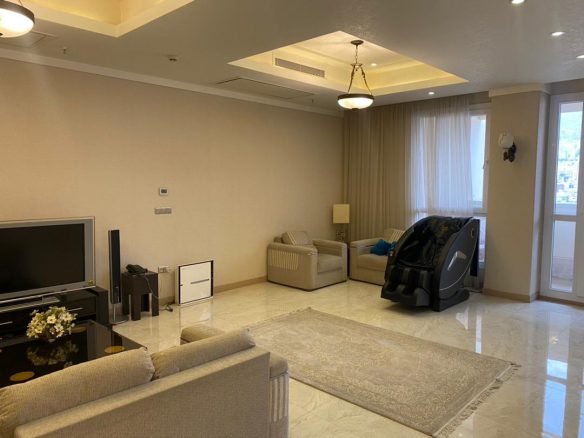

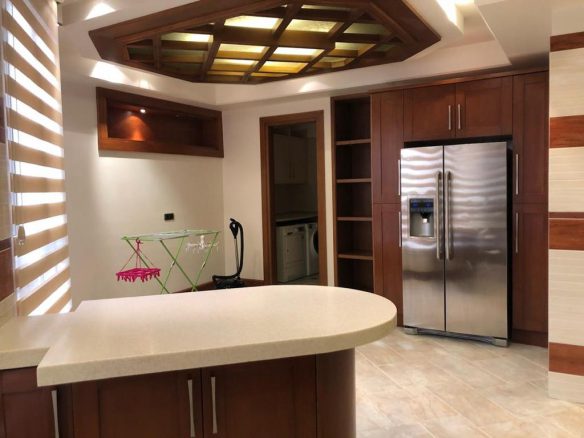
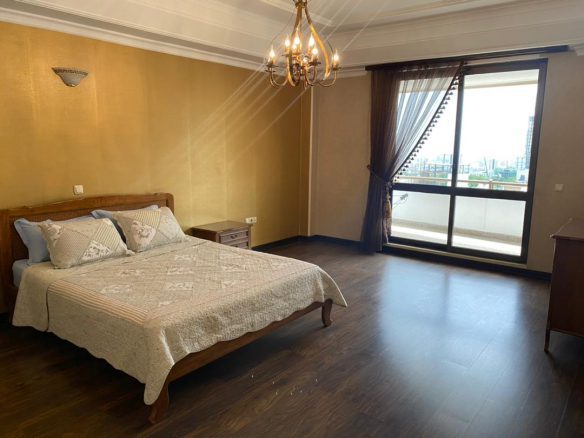


Join The Discussion